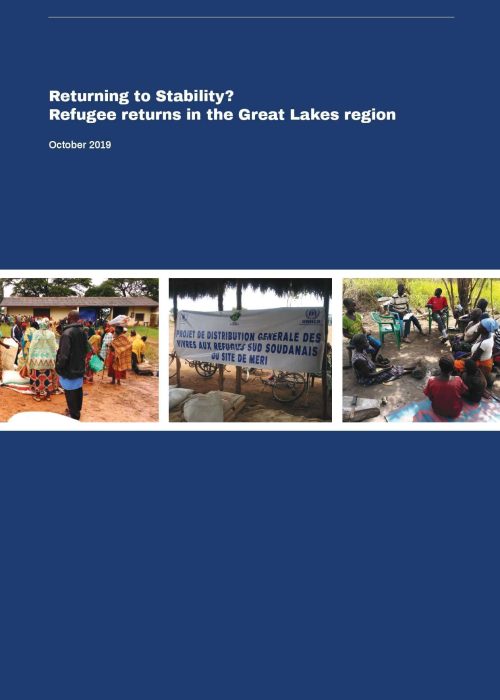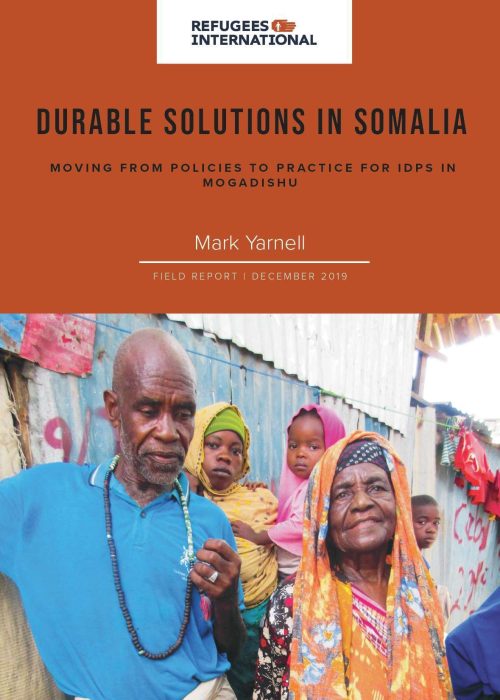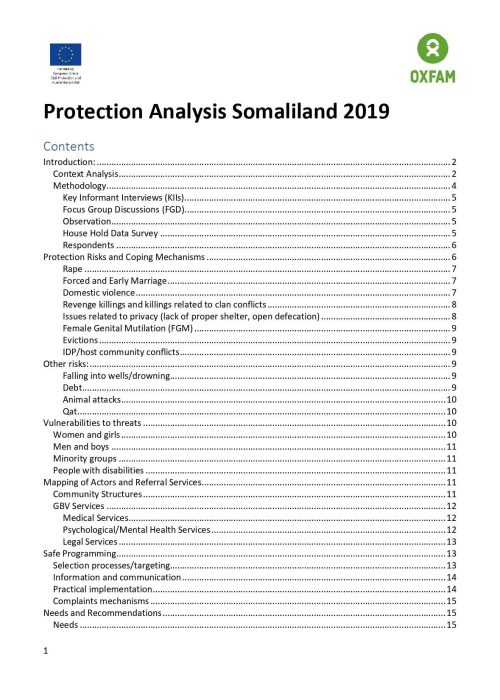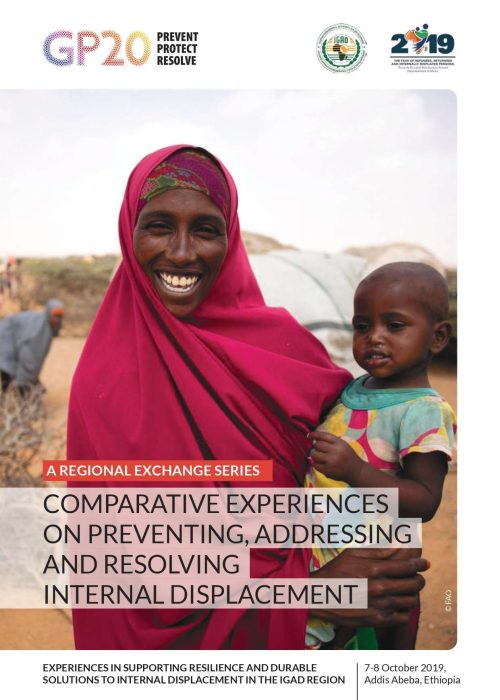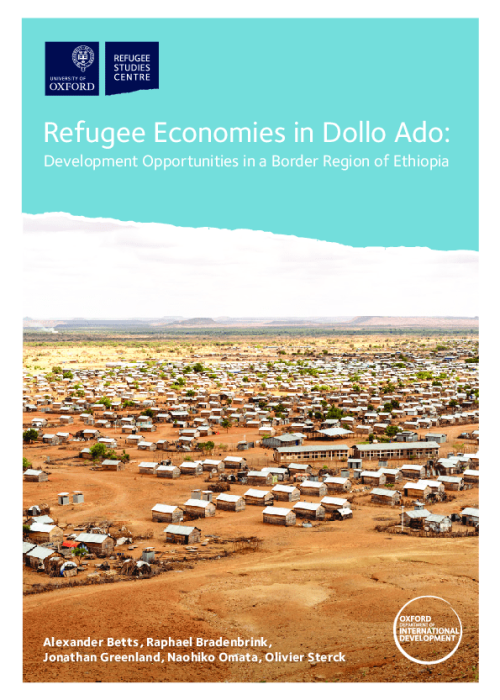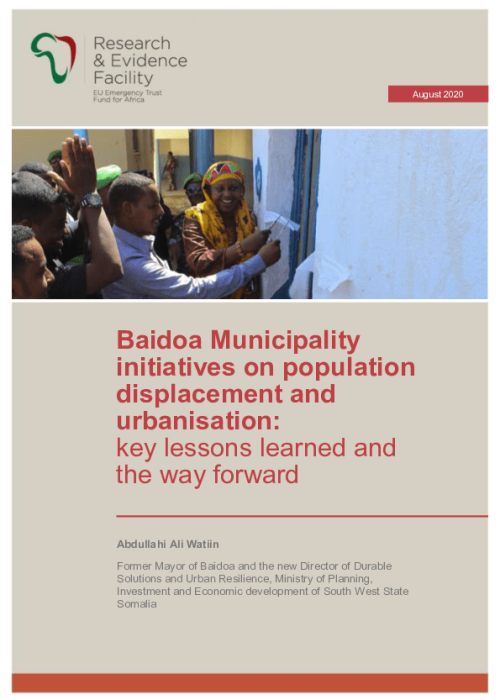The study explores the conditions that influence decisions by refugees in protracted displacement on returning home. It highlights the complexity of refugee return and the need to consider the development dimension of displacement to facilitate sustainable solutions. The analysis draws on eight country return cases and existing literature on refugee decision-making. The study finds that staggered or cyclical return is common, with families or communities dividing themselves before return to explore conditions and establish entitlements. Mobility and circular migration, which draw on pre-existing transnational networks, are key livelihood strategies that contribute to sustainable solutions and reconstruction.
Women face specific challenges in displacement and return due to fewer opportunities, resources, lower status, and less power than men. Four key conditions that encourage refugees to return are security, access to services, housing, and livelihood opportunities. Without these conditions, protracted displacement situations are unlikely to be resolved through voluntary repatriation. For refugees from rural areas, reclaiming land or obtaining access to land elsewhere is crucial for re-establishing livelihoods. Integration may occur when return is impossible or less preferable due to socio-economic conditions in host countries. Opportunities for integration, such as education and employment, strengthen refugees’ ability to adapt and contribute to family well-being, facilitating their return when conditions in the country of origin improve.
Increasing urbanization is a feature of contemporary forced displacement, with more than half of the world’s refugees and IDPs living in urban areas. Sustainable return requires collaboration between humanitarian, development, government, and private sector actors. Regional approaches that include IDPs, refugees, and host communities are important, along with understanding the dynamics of displacement and return at the micro-level. In response to emergencies, the protracted nature of forced displacement should be anticipated, addressing both immediate burdens and long-term needs. Displaced people should have the freedom to participate in the labor market and economy of host countries to reduce dependency on aid and improve integration and return. Vulnerabilities in urban areas should be addressed within a long-term development framework that considers the needs of both displaced and non-displaced urban poor.

